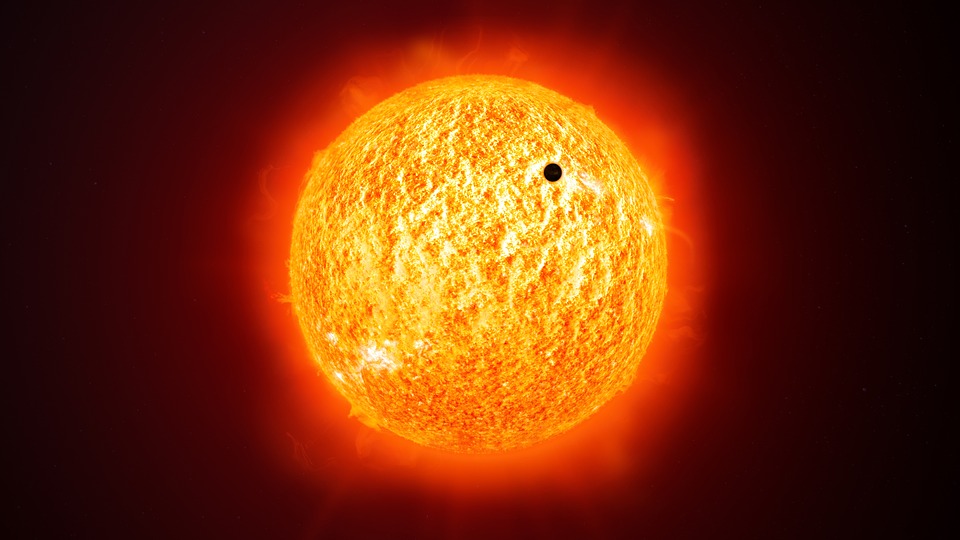NASA is on the verge of kicking off their first-ever mission to touch the sun. The solar probe mission will explore the sun’s atmosphere and its outermost layer, the corona. With the use of a car-sized spacecraft, the Parker Solar Probe, scientists will gain the opportunity to conduct the sun’s most intimate study.
“We’ve been studying the Sun for decades, and now we’re finally going to go where the action is,” says Alex Young an associate director for science in the Heliophysics Science Division at NASA’s Goddard Space Flight Center.
Set to launch out of the skies of Cape Canaveral, Florida on the morning of Aug. 6, the probe will take off of one of the world’s most powerful rockets, the United Launch Alliance Delta IV Heavy. The spacecraft will exit the earth’s orbit in order to change direction to reach the sun. The planet of Venus will play a key role in the mission by assisting the probe with its orbit around the sun. Once the probe comes in contact with Venus, it will slow down and rotate onto the respective path.
The Parker Solar Probe is named after astrophysicist Eugene Parker who revolutionized the understanding of the sun and interplanetary space with his 1958 research paper on solar wind. It is expected to orbit within 3.7 million miles from the sun’s surface, but will eventually be closer to the sun than Mercury which is the closest planet to the sun at approximately 36,000,000 miles away.
According to NASA, the data and observations retrieved from the mission may provide sound knowledge about the physics of the stars, profound details about the sun’s corona, and understanding about solar wind which will help improve the forecasting of major space weather events.
“We’ve been inside the orbit of Mercury and done amazing things, but until you go and touch the sun, you can’t answer these questions,” said Nicola Fox, Parker Solar Probe project scientist at Johns Hopkins Applied Physics Laboratory via CNN. “Why has it taken us 60 years? The materials didn’t exist to allow us to do it. We had to make a heat shield, and we love it. Something that can withstand the extreme hot and cold temperature shifts of its 24 orbits is revolutionary.”
The Parker Solar Probe has 4½-inch-thick carbon-composite solar shields that will own the ability to withstand the inhumane scorching temperature as it approaches the sun up to a 2,500 degrees Fahrenheit. Eugene Parker finds the mission to be another revolutionizing event for the astronomy world. “The solar probe is going to a region of space that has never been explored before,” Parker informed CNN. “It’s very exciting that we’ll finally get a look. One would like to have some more detailed measurements of what’s going on in the solar wind. I’m sure that there will be some surprises. There always are.”
